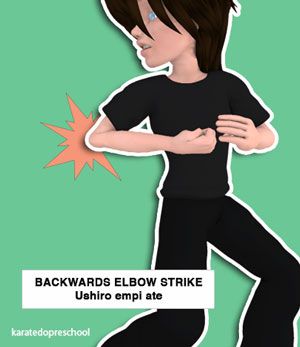Juany118
Senior Master
Okay I have been asked to set up a basic self-defense class. These are the ideas have currently in mind and would like any suggestions/critiques/additions. @gpseymour and others who have taught/teach self defense focused stuff are welcome to contribute.
Here is my base curriculum atm
1. Target Hardening/situational awareness/avoidance.
2. After that we get to techniques. I am want to keep it simple and so here are my current thoughts.
A. basic breaks from the most common grabs of clothing
B. attacking soft targets if you can't break, with hand (say grab groin if in a head lock, bite the arm that is head locking <like I said self defense, not fighting>). With foot, stomping on the instep of the assailants foot.
C. I am basing the hand "strike" off of Wing Chun straight punch. The idea of keeping a person's weight behind the punch, vs a lot of rotation, seems to make sense because once you "get it" it is simple more simple. Punch from the heart and step into it vs having to coordinate rotational movement at the waist. I will use the punch as the initial training tool but I will then be showing how the same works with the palm, because knuckles and fingers can break. The target will be face, eyes, throat.
D. the foot "strike" would be the oblique kick to the knee/thigh.
the basic point of the class will be "avoid the fight, if forced to fight you aren't trying to knock them out but only to create an opening where you can run away and get help."
Here is my base curriculum atm
1. Target Hardening/situational awareness/avoidance.
2. After that we get to techniques. I am want to keep it simple and so here are my current thoughts.
A. basic breaks from the most common grabs of clothing
B. attacking soft targets if you can't break, with hand (say grab groin if in a head lock, bite the arm that is head locking <like I said self defense, not fighting>). With foot, stomping on the instep of the assailants foot.
C. I am basing the hand "strike" off of Wing Chun straight punch. The idea of keeping a person's weight behind the punch, vs a lot of rotation, seems to make sense because once you "get it" it is simple more simple. Punch from the heart and step into it vs having to coordinate rotational movement at the waist. I will use the punch as the initial training tool but I will then be showing how the same works with the palm, because knuckles and fingers can break. The target will be face, eyes, throat.
D. the foot "strike" would be the oblique kick to the knee/thigh.
the basic point of the class will be "avoid the fight, if forced to fight you aren't trying to knock them out but only to create an opening where you can run away and get help."

